
Female Indian comedians are disproving the myths that women can’t be funny and that comedy is the domain of men.
For them nothing is taboo – sexuality, pregnancy, menstruation, arranged marriages, casual sex, body shaming and virginity are all subjects for jokes. They ignore prevailing traditions and poke fun at the rampant sexism and patriarchy in the conservative nation of 1.3 billion people.
Neeti Palta takes aim at the patriarchy, while Syama Harini’s potshots at menstruation shame have resonated with audiences. Sumukhi Suresh, Kaneez Surka and Mallika Dua’s video, A Woman’s Besties, considers pregnancy fears and the disgust at receiving sexts and nude shots, along with other subjects thought too delicate for public discussion.
Aditi Mittal, whose 2017 series Things They Wouldn’t Let Me Say was the first Netflix comedy special by an Indian woman, couches sharp social commentary in seemingly ordinary jokes. Ladies Up, a collection of four 15-minute pieces by Prashasti Singh, Supriya Joshi, Niveditha Prakasam and Surka released in 2020 looks at female pleasures, foreplay, Tinder misadventures and breastfeeding.

“I think Indians in general are warming up to the idea of funny women. This has helped us carve our own space in the industry,” says Mumbai-based Singh, who has an MBA (Master of Business Administration) and who gave up a well-paying corporate job to become a comedian three years ago.
Best known for her self-deprecating humour, the 33-year-old says that women comedians in India are “increasingly creating a space where we can perform in what is regarded as a predominantly male domain without the fear of consequences”.
‘Funniest sentence of this year’: how women are reviving Chinese stand-up
Indian stand-up comedy, which emerged six or seven years ago, has grown quickly. A thriving ecosystem of laughter clubs, pubs and burgeoning online spaces, as well as an explosion in platforms such as Amazon Prime and Netflix, is fuelling the rise of comics from big cities such as Mumbai, New Delhi, Bangalore, Kolkata, Chennai and Hyderabad, and from smaller towns.
Instagram has also become hugely popular after TikTok was banned by the Narendra Modi government in July 2020.
“Indians are so used to consuming Bollywood, make-believe, male-centric humour, that when we brought the female gaze to entertainment it was hailed as refreshing,” Singh says.
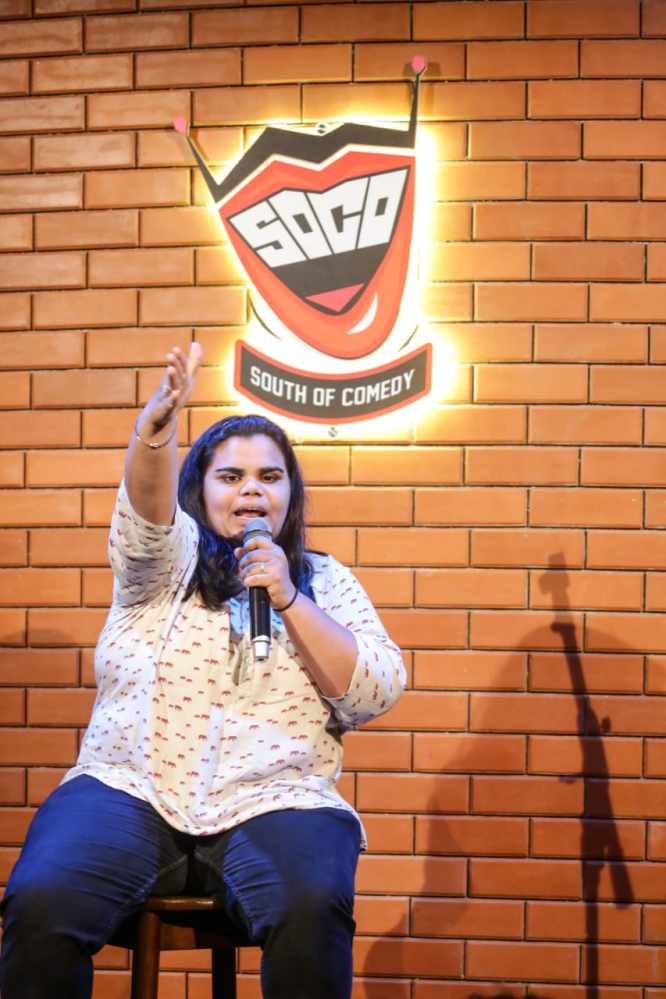
Comedians in films and on stage have traditionally been men, and jokes were made from a male perspective. “A handful of women comedians who were popular were all chosen for their plus size, reinforcing the stereotype that women can only raise laughs if they’re plump,” she adds. “We’re changing this narrative.”
Palta, who is also a judge on India’s biggest comedy hunt show, Comicstaan on Amazon Prime, says streaming has helped push stand-up comedy into the mainstream. “Comedians are increasingly being invited for television debates and at other forums to express our opinion on issues, a sign that our voice counts,” she says.
Comedy is big business in India. Top-tier stand-up artists, both men and women, can earn from US$1,500 to US$10,000 for a one-hour gig.
Many also have lucrative side gigs as content creators for online platforms, stand-up specials and brand integration – when a sponsor’s brand is incorporated into an act.
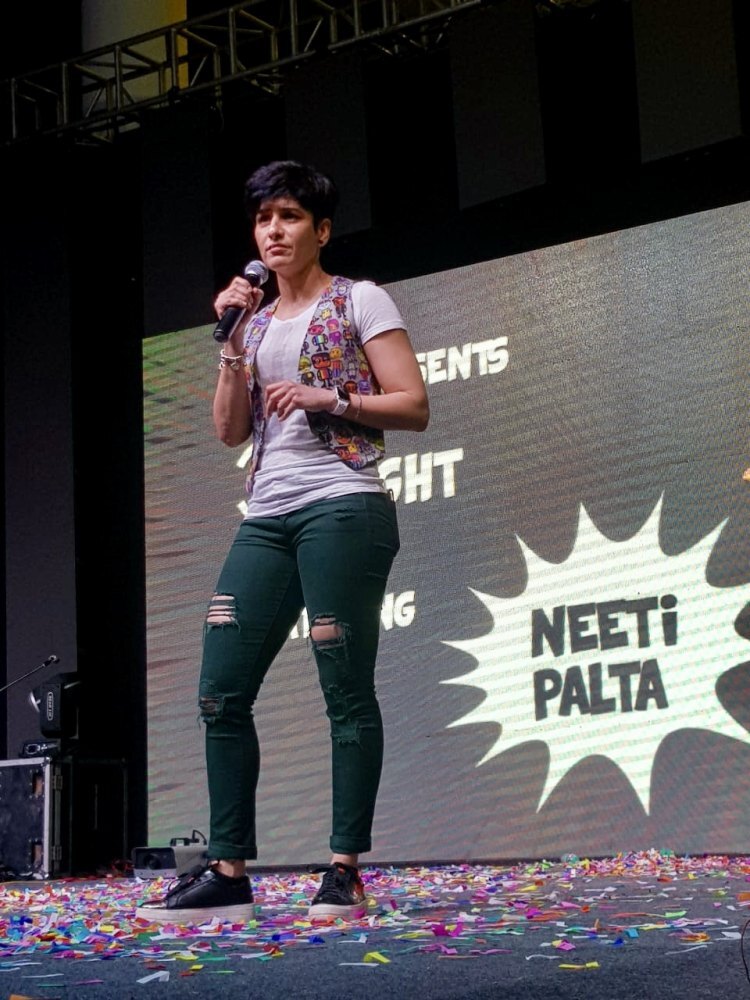
Palta, whose solo show Almost Sanskari on Amazon Prime pokes fun at society’s expectations of women, says women’s voices strike a chord with audiences.
“For instance, despite being married for several years, I don’t have kids,” she says. “So women often poke my stomach to ask if there’s any ‘problem’ there. I incorporated this experience into a gig by asking why childless men are never poked in their genitals to be asked if something is ‘wrong’ with them. It is my personal take on sexism and has got me a phenomenal audience response.”
Chennai-based Harini, 27, who has been performing on online streaming platforms and YouTube, finds comedy cathartic. “I talk about whatever is bothering me at a given time,” she says. “It’s a vent for my angst. All good comedy has a grain of truth in it and these are the jokes that also get the maximum laughs.”
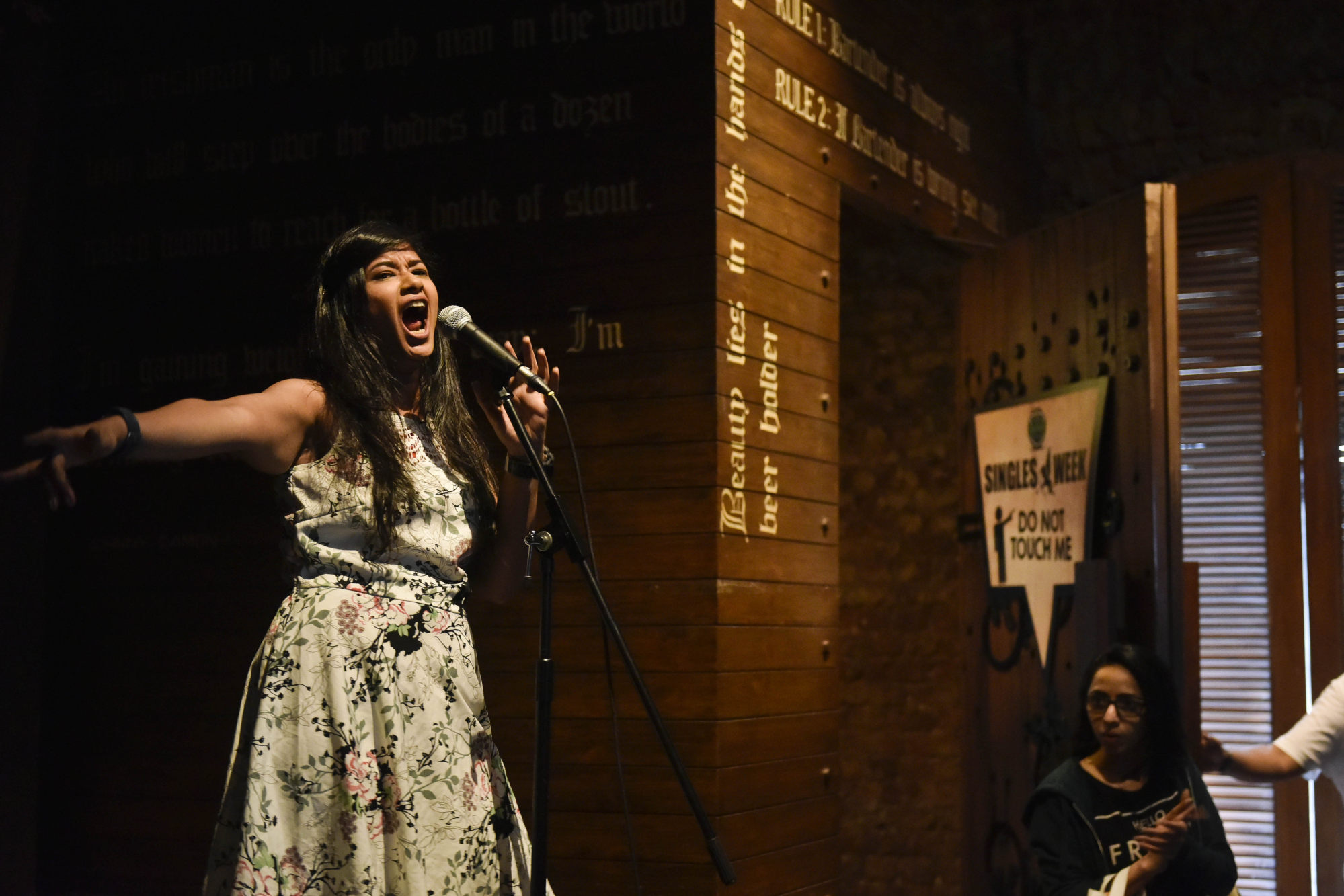
Harini says stand-up comedy rewards women for being frank while tackling subjects people shy away from addressing.
“You’ve got to be a bit of a disrupter,” she says. “Indian girls are supposed to behave in a certain way and are told to be soft-spoken, modest, quiet and invisible. But I don’t tick any of these boxes. I’m dusky and overweight and often joke about this in my gigs. It’s fun because somebody is going to make fun of me anyway, it might as well be me.”
One of Harini’s most popular acts is about menstruation, a subject not openly discussed in India. “When we go out to buy sanitary towels, the pharmacist will wrap them in brown paper as if we’re buying contraband,” she says. “We need to break this thinking.”
She says her traditional south Indian mother urged her to avoid “such topics”. “But I told her that if I don’t talk about such things being a woman, who will? Mum has now stopped objecting.”

Comedy, say experts, can be a powerful tool to challenge stereotypes. “In ancient times, Indian kings used to have vidushaks, or court jesters, who used wit and satire to deliver important messages to the ruler couched in humour, something his ministers wouldn’t dare do for fear of reprisal,” says anthropologist Veena Makkar. “I feel these women comics are playing a similar role.”
Anu Menon, one of the first female comics in India, started with a stand-alone show – Lola Kutty – on music television network Channel V in 2004. She says stand-up can shine a powerful spotlight on social issues.
“Men and women alike have approached me after a show to point out they never thought about how bad sexism could be until then. This feedback is empowering, and if my work helps even one person think about the issues women have to live with daily, I think I’m doing a good job.”
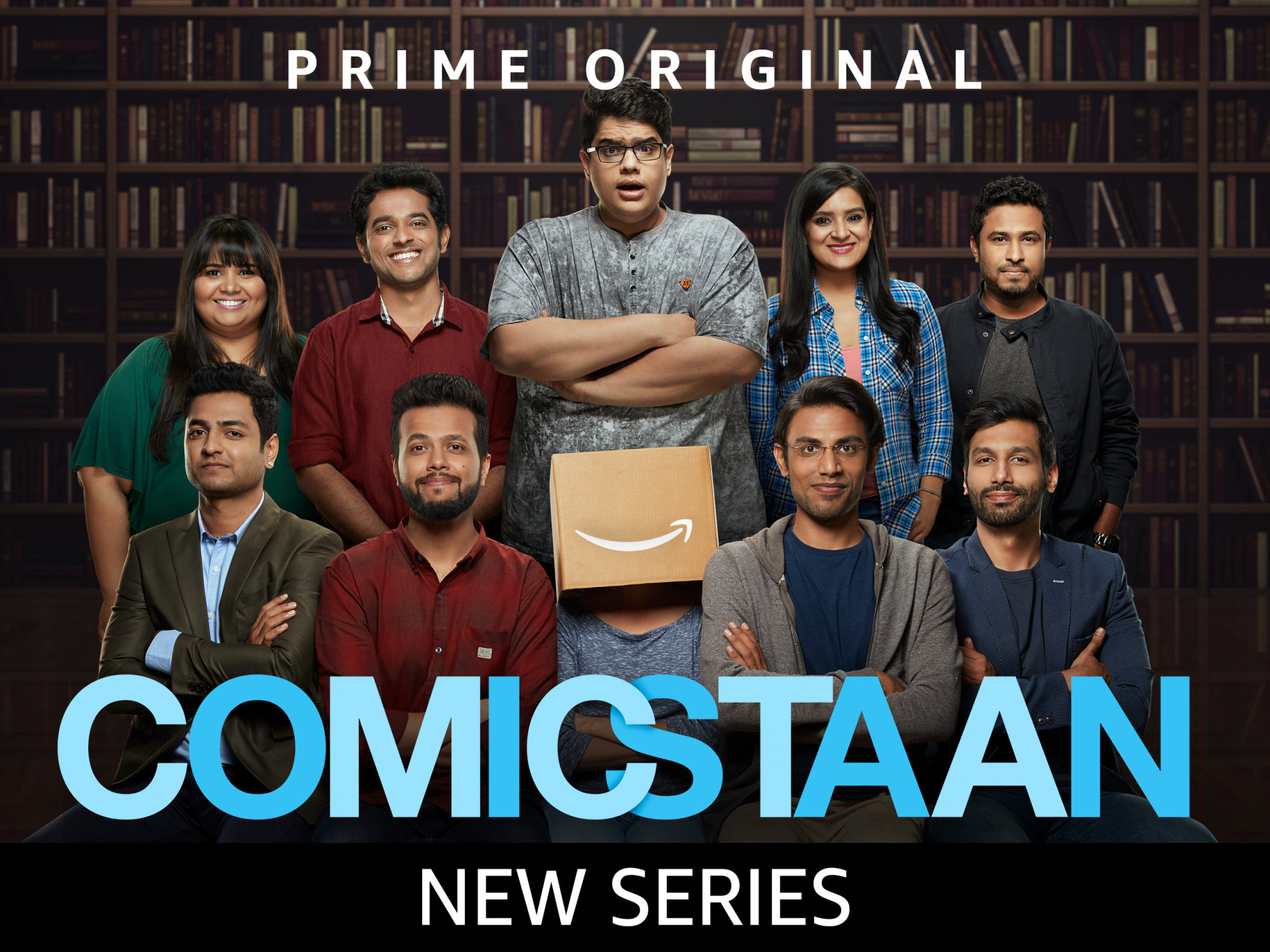
Menon says the laughter industry is still in its infancy in India, so women comics make up their own rules as they go along.
“The output is considerably more than when I started out,” she says. “There are more comedy videos out there, YouTube channels, onstage gigs and more players. But we still need more women comedians to correct the skew in the industry.”
This deficit has also resulted in unwritten rules for women comics, she adds, like: “don’t swear on stage” or “don’t look too pretty; it’ll take the edge off your humour” and so on.
“My husband is often ribbed as to why he allows his wife to make fun of himself or our child. Some advise me to be more ‘ladylike’. But who is to define ‘ladylike’? What is ‘ladylike’? If we’re telling it like it is, why is it ‘unladylike’?” says Menon.
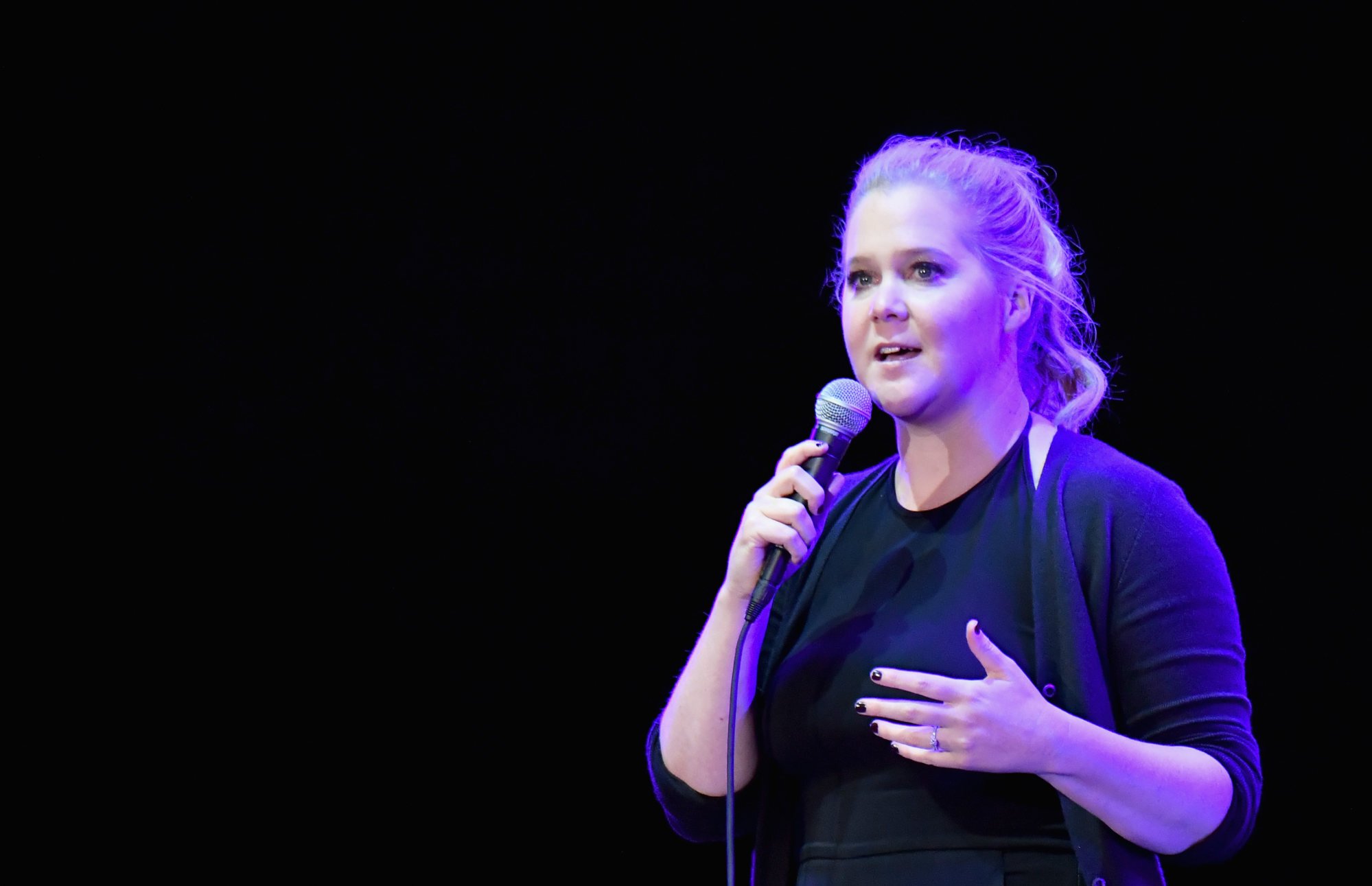
In Western countries, the frank and unapologetic opinions on sex and relationships of comics like Amy Schumer, Hannah Gadsby, Katherine Ryan and Tiffany Haddish have catapulted them to fame. But in India, the voices of women comedians are often drowned out by their male counterparts. Only Much Louder, or OML, one of India’s biggest talent management firms, says that of 80 top tier professional stand-up comedians on the firm’s roster, fewer than one in five are women.
Some experts have suggested women-only platforms could boost women comics, but many reject this because they feel it militates against equality and inclusivity. Still, Bangalore-based comic Snehlata Rao is optimistic that change is slowly creeping in and that there’s a growing appetite for humour regardless of gender.
“If you’re talented, you’ll be noticed,” she says. “It’s just that Indians are not so used to seeing women doing comedy in the public forum. But they are appreciating and acknowledging our work. And that’s a great feeling. The more people watch, the more I get to perform. And laugh all the way to the bank, too.”







